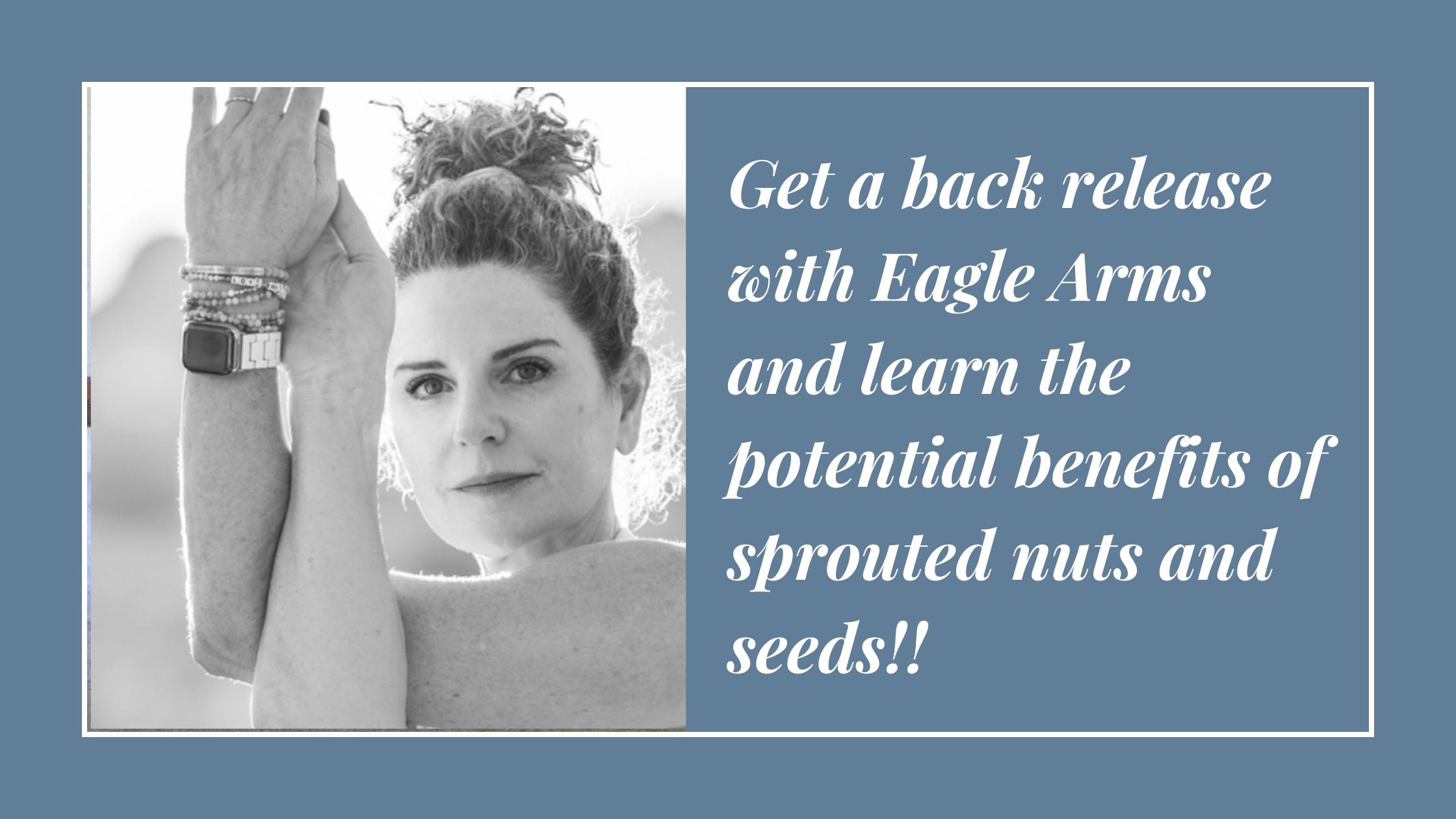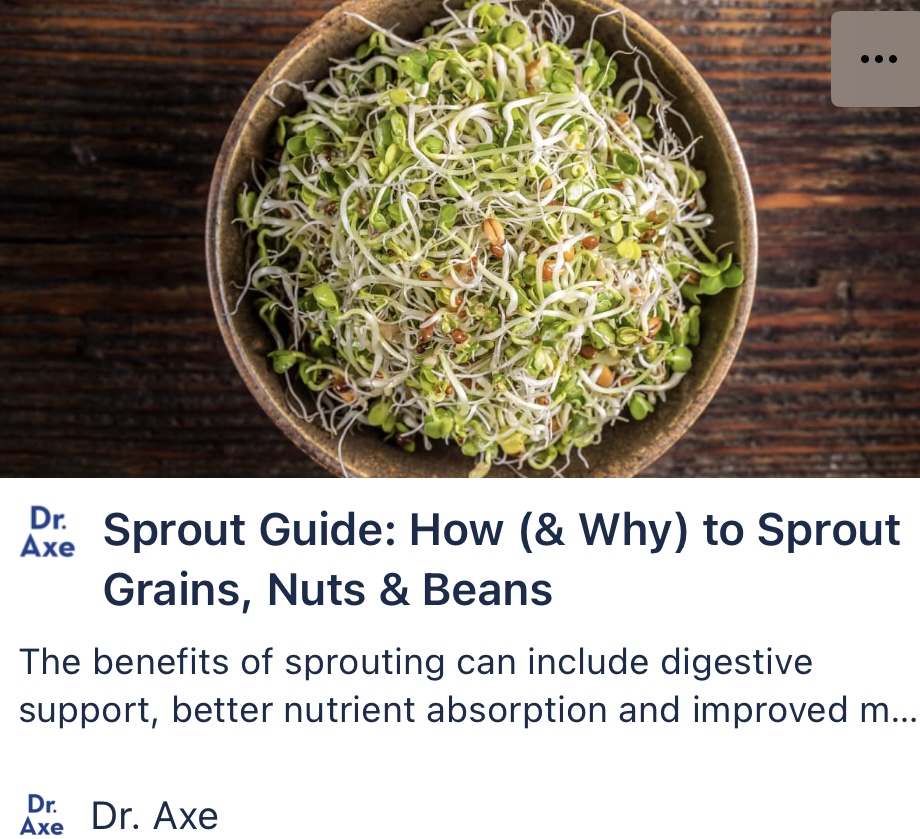One inspiring cue:
EAGLE ARMS
Begin with Eagle Arms as shown in the picture above. First, soften your shoulders and then take your hands towards your forehead as your elbows push forward. Next, move your hands away from your forehead as far as you comfortably can as your elbows lower down a bit.
Why?
To get the maximum amount of stretch in the body, you want to move the opposite way that the muscle does when it activates. Here, we’re working with the trap muscles and moving them in the opposite direction of engagement. One of the actions of the traps (there are three, each with a different action) is to elevate the shoulders and draw the shoulder blades into the back. So, just by coming into Eagle Arms, you are beginning to release the trap muscles. As you draw your elbows forward and then down as your hands move away from your forehead, you get an amazing stretch in your thoracic spine. Play with the cue to find the place that feels best for you in this upper back stretch!
One inspiring tip:
This is a stretch you can do anywhere. As of matter of fact, as I am writing this, I just took a little Eagle Arms break for a neck and upper back release. For even more sensation, try pressing your forearms into each other and dropping your chin towards your chest. Ahhhh!
One inspiring song:
One inspiring quote:
“Getting stress out of your life takes more than prayer alone. You must take action to make changes and stop doing whatever is causing the stress. You can learn to calm down in the way you handle things.” – Joyce Meyer
Nutrition nugget:
SPROUTING AND SOAKING NUTS AND SEEDS. IS THIS SOMETHING YOU SHOULD BE DOING?
Last month I discussed oxalates and phytates in your food. This month, I will share a related topic focusing on the opinions of nutrition experts for sprouting and soaking nuts and seeds.
First, here’s a little reminder from last month. “Minerals such as calcium, potassium, magnesium, manganese, zinc, copper, and selenium can all bind with phytic acid and become unavailable for our absorption, which over time can lead to deficiencies.”
One counter opinion to this is that “phytic acid has a bad reputation. But not everyone agrees that the amount of this substance you find in nuts is problematic. Nuts and seeds do contain phytic acid, which is considered an anti-nutrient that interferes with absorption of some minerals such as zinc, iron, and calcium. But while soaking can reduce phytic acid, it’s not necessary as it has never been proven that nuts and seeds cause micronutrient deficiency.” – Tina Marinaccio, registered dietician nutritionist.
And, the well-respected Dr. Axe says, “The reason that humans suffer from indigestion and autoimmune reaction from unsprouted foods is because we aren’t designed to break down antinutrients in plant compounds that lock up or deplete vitamins, minerals, and other nutrients. Regularly consuming high amounts of antinutrients can significantly impact your health. Luckily, sprouting and soaking seeds can break down antinutrients, make the seeds more digestible and unlock healthy compounds found in plant foods. Certain studies have found that sprouting grains, legumes, beans and seeds increases the availability of nutrients. This includes calcium, iron, zinc, and protein.”
You can go crazy (I do!), reading the conflicting research about nutrition. I recommend when it comes to sprouting seeds or buying sprouted nuts and seeds, you first decide for yourself if it’s something worth doing. Do you suffer from gas and bloating after eating nuts and beans? Have your been told you’re deficient in certain vitamins and minerals or have osteoporosis? Are you susceptible to kidney stones? If so, you may want to consider using sprouted nuts and seeds…at least some of the time. You can also read the article I shared last month to help you decide.
If you are interested in reading more about the benefits of sprouting and how to do it yourself, check out this article!
As always, my answer to conflicting nutritional information is BALANCE! It’s a mantra we can all benefit from both with our food and in our lives!


